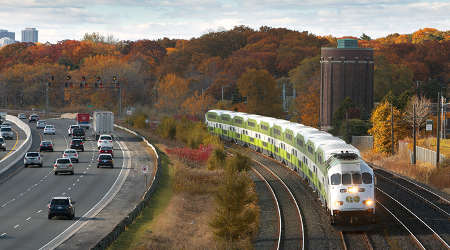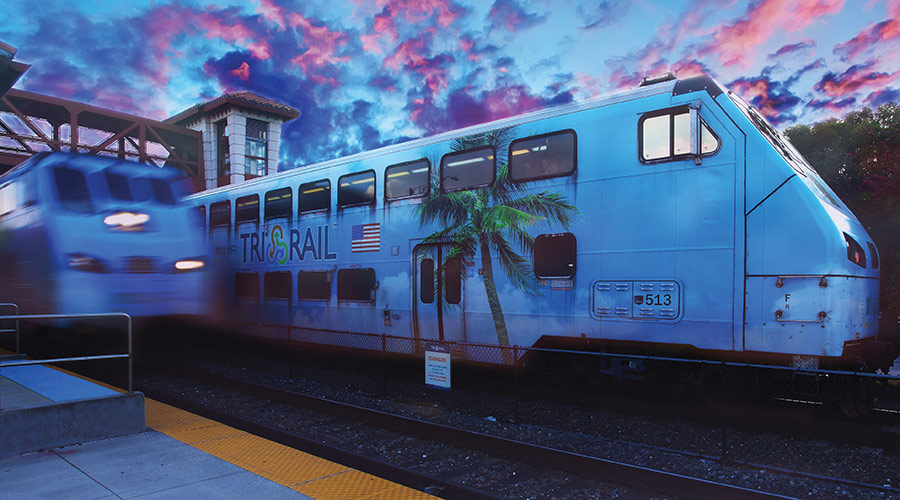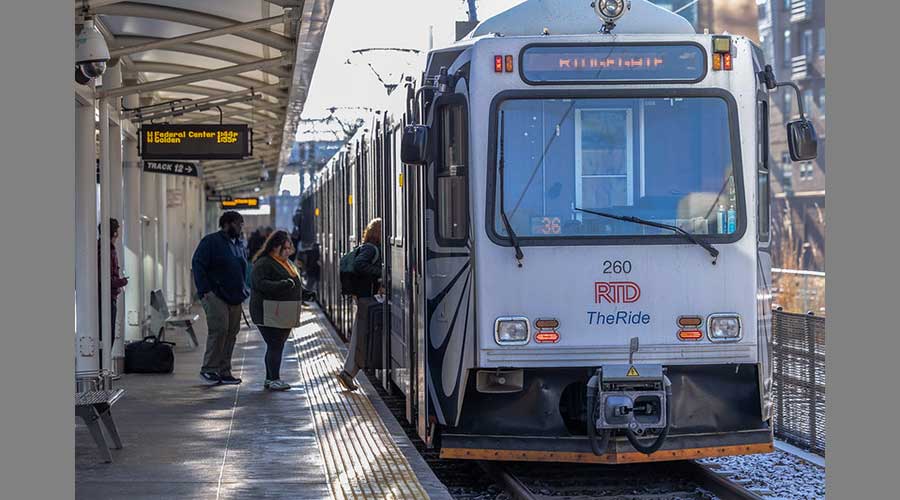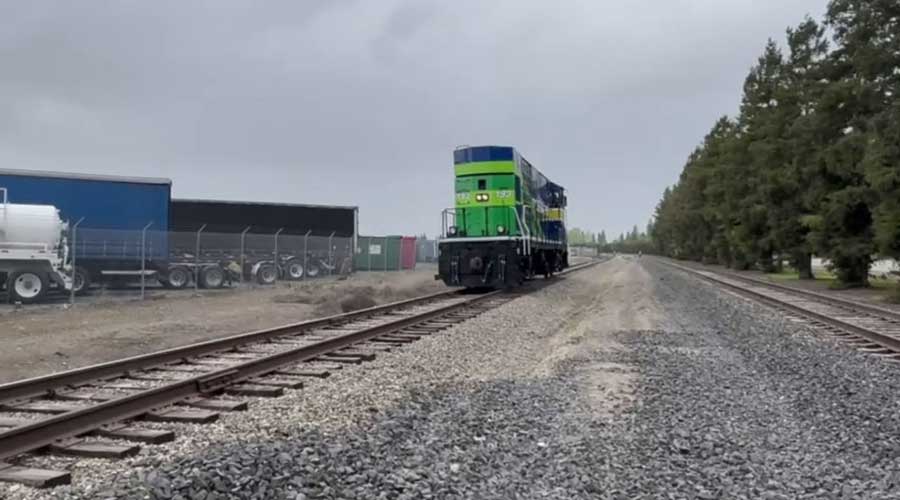Stay updated on news, articles and information for the rail industry
2/27/2018
Rail News: Rail Industry Trends
Ontario releases hydrogen-powered train study

The Ontario Ministry of Transportation has released a report on the technical and economic feasibility of using hydrogen-powered trains to electrify GO Transit's rail service.
The study determined that it would be feasible to use hydrogen fuel cell technology as an alternative to traditional overhead wires. The lifetime cost of building and operating the hydrogen-powered system is equivalent to that of a conventional electrification system, the study found.
CH2M Hill Canada Ltd., Ernst & Young Orenda Corporate Finance Inc. and Canadian Nuclear Laboratories prepared the study on behalf of Metrolinx, GO Transit's parent agency.
Ontario is working with trainmakers Alstom and Siemens to produce concept designs that incorporate hydrogen fuel cells into bi-level trains, according to a press release issued by the Ontario Ministry of Transportation.
The province also is issuing a request for proposals for designs of a hydrogen fuel cell-powered locomotive, which could lead to a prototype that would be tested on GO Transit's rail network.
As part of the CA$13.5 billion GO Regional Express Rail project, Ontario plans to electrify core segments of the GO rail network.
The feasibility study demonstrates "that it is worthwhile to take a more in-depth look at using hydrogen fuel cell powered rail vehicles to electrify the GO Transit network," said Phil Verster, president and chief executive officer of Metrolinx.
In September 2017, the Ontario Ministry of Transportation began seeking design concepts for hydrogen-powered trains.


 2025 MOW Spending Report: Passenger-rail programs
2025 MOW Spending Report: Passenger-rail programs
 Gardner steps down as Amtrak CEO
Gardner steps down as Amtrak CEO
 Guest comment: Oliver Wyman’s David Hunt
Guest comment: Oliver Wyman’s David Hunt
 Women of Influence in Rail eBook
Women of Influence in Rail eBook
 railPrime
railPrime








